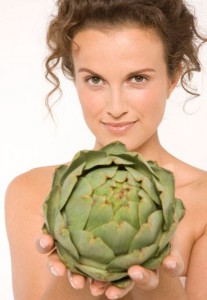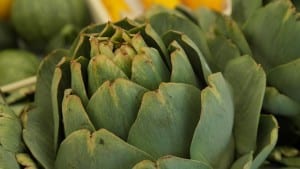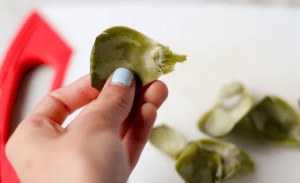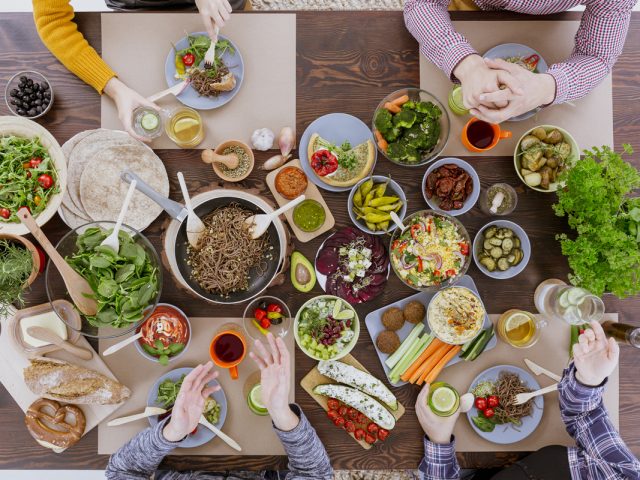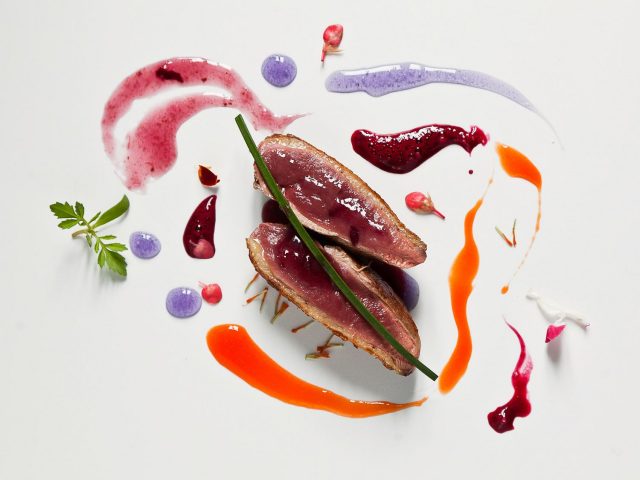- Have any questions?
- +34 951 273 575
- info@diningsecretsofandalucia.com

Spain’s first naked restaurant lets diners eat off waiters’ bare skin
12 February, 2017
Buzzfeed made a ‘how to make Spanish tortilla’ video and Spaniards are furious
13 February, 2017
VEGANS and vegetarians rejoice! With the incremental lengthening of the January days comes prime artichoke season.
These knobbly green flower buds related to the thistle have been a Mediterranean favourite for centuries and could well have originated in Andalucía.
The word ‘artichoke’ most likely comes from the Arabic word al-quarshuf, also the root of the Spanish name alcachofa.
Despite their long history, artichokes have often been slandered as ugly and undesirable.
Greek mythology has it that artichokes were created when the god Zeus became jealous of the beautiful goddess Cynara and hurled a thunderbolt at her, turning her into an artichoke.
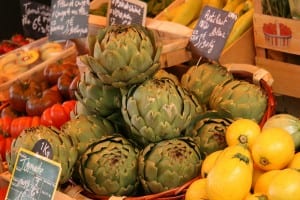
Artichokes on sale
In 16th century Europe, a woman could cause great scandal by daring to eat an artichoke as the buds were considered an aphrodisiac.
Thought to enhance sexual prowess, they were reserved exclusively for men.
In these heady days of female emancipation however, the culinary delights (and secondary effects) of the artichoke are available for all to enjoy.
First choose your artichoke: What to look for
When picking artichokes at the market or frutería, there are a few key things to look for:
1) Weight: Look for an artichoke which seems firm and heavy for
its size, which means that its leaves will be packed with moisture.
2) Petals: Look for a bud whose petals are densely packed, not splayed out.
3) Colour: If you see an artichoke with a blotchy, white or blistered exterior, be sure to try it. This discolouration is caused by cold temperatures, and connoisseurs believe that these frost-kissed buds are the most tender and delicious.
Cooking artichokes: Preparation is key
Before even thinking about cooking an artichoke, you must first prepare it.
Many people are put off by this fiddly process but if you follow a few simple steps your artichokes will turn out beautifully.
You can bake, boil or steam the buds, but the best way to retain moisture while cooking is to boil them, following the steps below:
1) Cut the stem off at the base.
2) Cut the sharp tips off the leaves, using a serrated knife.
3) Place your thumbs in the centre and force the leaves to open 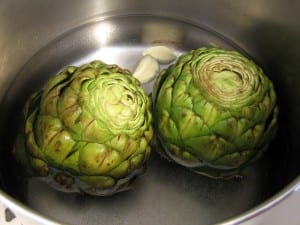
4) Put the artichoke in a deep pot with three inches of hot water. Cover and boil for 30 to 40 minutes depending on size – you’ll know it’s done when the petals near the centre easily come out.
5) Stand the artichoke upside down to drain.
Artichoke etiquette: How to eat one
Many people are put off artichokes by how complicated it seems to eat them.
The only effective way is using your fingers, so roll up your sleeves and dig in!
Start with the petals, pulling them off one at a time.
Dip each petal into melted butter or olive oil, and then pull it through your teeth to remove the soft flesh.
When all the petals have been removed, spoon out and discard the fuzzy centre at the base.
The bottom, or heart, is the best bit and should be tender and moist: cut into slices, dip them into the sauce and enjoy!

